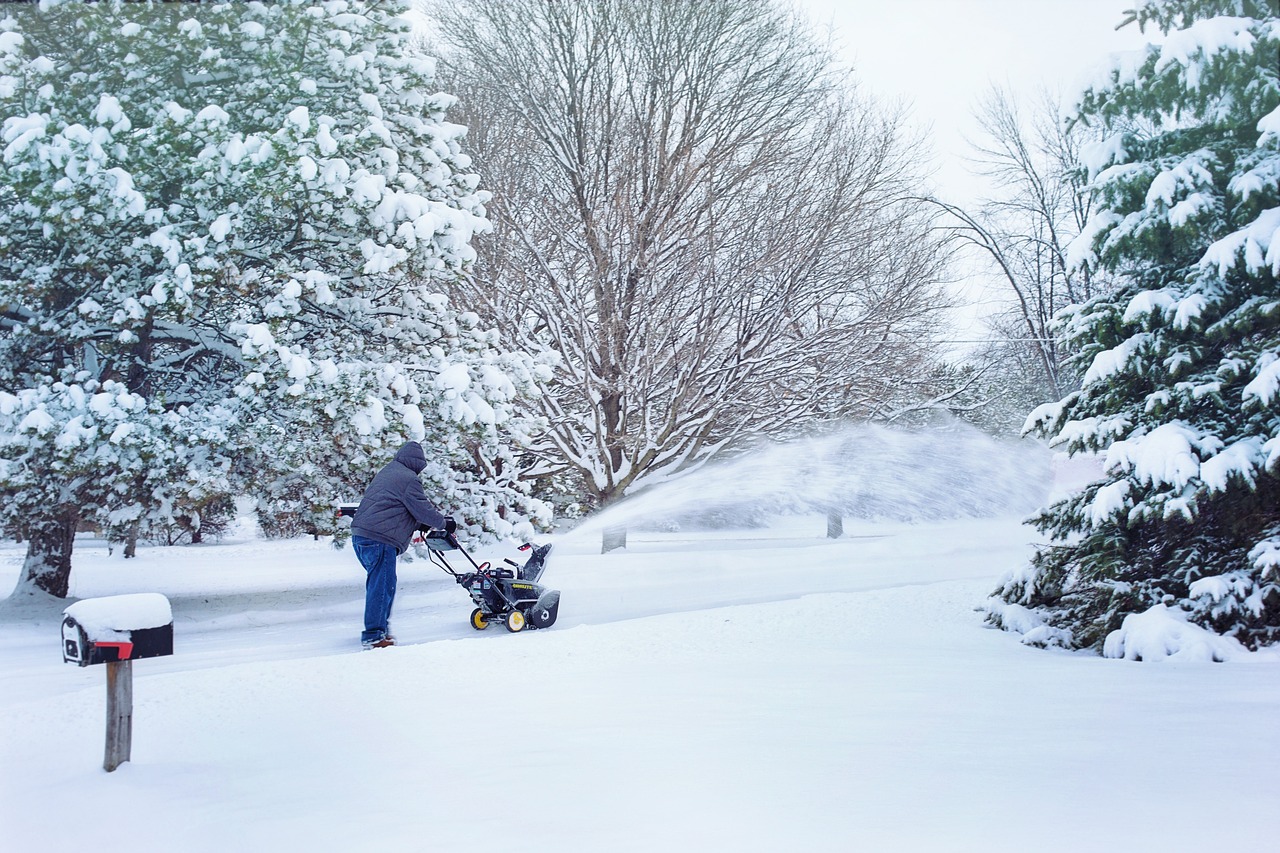As winter blankets the world in a serene layer of snow and ice, outdoor enthusiasts, athletes, and even those going about their daily routines must be prepared for the dangers that come with cold weather. Frostbite, hypothermia, and other cold injuries can pose serious threats to health and well-being in low temperatures. Knowing how to recognize and treat these conditions is essential for anyone spending time in chilly climates.
In this comprehensive guide, we will delve into the world of cold-weather first aid. We’ll discuss what frostbite and hypothermia are, how to identify their symptoms and provide step-by-step instructions on how to administer first aid to those affected. Additionally, we’ll explore preventative measures and safety tips to help you stay safe and warm in cold environments.
Table of Contents
ToggleUnderstanding Frostbite
Frostbite is a cold-weather injury that occurs when the skin and underlying tissues freeze due to prolonged exposure to low temperatures. It can result in tissue damage, and in severe cases, may lead to amputation. Recognizing the signs and taking immediate action is crucial for preventing long-term consequences.
-
Signs and Symptoms of Frostbite
Frostbite typically affects extremities like fingers, toes, ears, and the nose. Recognizing the early signs and symptoms can make all the difference in preventing further damage:
a. Numbness: The affected area may become numb and lose sensation. b. Skin Color Changes: The skin may turn pale, blue, or white, indicating poor blood flow. c. Hard or Waxy Appearance: The skin may feel hard or waxy to the touch. d. Pain and Tingling: As frostbite progresses, you may experience pain or tingling in the affected area. e. Blisters: In severe cases, fluid-filled blisters may form on the skin.
-
Immediate First Aid for Frostbite
If you suspect someone has frostbite, it’s essential to act quickly. Here are the steps to take:
a. Move to a Warm Environment: Get the person indoors or to a heated area immediately. b. Remove Wet Clothing: Wet clothing can exacerbate the condition. Help the affected person remove wet garments. c. Rewarm the Area: Use lukewarm water (not hot!) to gently soak the frostbitten area for 15-30 minutes. Avoid using hot water, as it can cause burns. d. Keep the Affected Area Elevated: Elevating the frostbitten area can help improve blood flow. e. Protect from Refreezing: Make sure the frostbitten area does not refreeze. Keep it wrapped in a warm, dry cloth. f. Do Not Rub the Area: Avoid vigorously rubbing or massaging the frostbitten skin, as it can cause further damage. g. Pain Relief: Over-the-counter pain relievers like ibuprofen can help manage pain and inflammation.
-
Seek Medical Attention
Frostbite can be more severe than it initially appears. After providing initial first aid, seek medical attention promptly. A healthcare professional can assess the extent of the injury and determine the appropriate treatment plan, which may include antibiotics and wound care.
Recognizing and Treating Hypothermia
Hypothermia occurs when the body loses heat faster than it can produce it, causing a dangerous drop in body temperature. This condition can be life-threatening if not treated promptly. Recognizing the signs of hypothermia and knowing how to respond is crucial in cold weather.
-
Signs and Symptoms of Hypothermia
Hypothermia can set in gradually, and its symptoms may not be immediately obvious. Look out for these signs:
a. Shivering: Mild to severe shivering is an early sign of hypothermia. b. Cold Skin: The skin may feel cold and pale. c. Slurred Speech: As the condition worsens, speech may become slurred and difficult to understand. d. Confusion and Poor Coordination: Hypothermia can affect cognitive function and coordination. e. Weak Pulse: The pulse may become weak and slow. f. Slow Breathing: Breathing may become slow and shallow. g. Loss of Consciousness: In severe cases, the person may lose consciousness.
-
Immediate First Aid for Hypothermia
If you suspect someone is experiencing hypothermia, take these steps:
a. Move to a Warm Place: Get the person indoors or to a sheltered, heated area. b. Remove Wet Clothing: Wet clothing should be replaced with dry, warm garments. c. Wrap in Warm Blankets: Use blankets or warm clothing to cover the person, focusing on the head and neck. d. Provide Warm Liquids: Offer warm, non-alcoholic, non-caffeinated beverages to help raise the person’s core temperature. e. Use Body Heat: If no other options are available, sharing body heat with the person can be effective. Skin-to-skin contact can help warm them up. f. Seek Medical Help: Hypothermia can lead to severe complications, including cardiac arrest. Call for medical assistance immediately.
-
Preventing Hypothermia
Preventing hypothermia is often easier than treating it. When spending time in cold weather, take the following precautions:
a. Dress in Layers: Layering clothing helps trap warm air close to the body. Start with a moisture-wicking base layer, add insulation, and finish with a waterproof and windproof outer layer. b. Stay Dry: Wet clothing and skin lose heat much faster than dry ones. Ensure you have waterproof gear and stay dry whenever possible. c. Cover Exposed Skin: Wear a hat, gloves, and a scarf to protect your extremities and face from the cold. d. Stay Active: Physical activity generates body heat, so keep moving to stay warm. e. Eat High-Energy Foods: Consuming high-calorie foods can provide your body with the energy it needs to generate heat. f. Stay Informed: Be aware of weather conditions and forecasts, and adjust your plans accordingly.
Other Cold-Weather Injuries
Frostbite and hypothermia are the most common cold-weather injuries, but there are other conditions to be aware of as well.
-
Trench Foot
Trench foot, also known as immersion foot, is a cold-weather injury caused by prolonged exposure to cold and wet conditions, often without proper footwear. Symptoms include numbness, pain, and swelling in the feet. To prevent trench foot, keep your feet dry, wear moisture-wicking socks, and change into dry footwear when necessary.
-
Chilblains
Chilblains, also called pernio, are painful, itchy, red or purple bumps on the skin that occur due to cold exposure. These usually affect extremities like fingers and toes. To prevent chilblains, keep warm and avoid rapid changes in temperature.
-
Snow Blindness
Snow blindness occurs when the eyes are exposed to intense sunlight reflected off snow and ice. It can cause temporary vision loss and extreme discomfort. Protect your eyes by wearing sunglasses or snow goggles in bright snowy conditions.
General Cold-Weather Safety Tips
Aside from specific first aid measures for cold injuries, there are several general safety tips to keep in mind when facing cold weather conditions:
-
Plan Ahead
Before venturing into cold environments, inform someone of your plans and expected return time. Carry a fully charged cell phone and an emergency whistle. Knowing your route and having a map can also be crucial.
-
Dress Appropriately
Dressing in layers is essential, as it allows you to adjust your clothing to changing conditions. Wool and synthetic fabrics are excellent choices for insulating layers, while a waterproof and windproof outer layer is essential to protect against the elements.
-
Stay Dry
Wet clothing and skin lose heat rapidly. Use waterproof gear, and be prepared to change into dry clothes if you get wet. Carry spare socks, gloves, and a hat.
-
Stay Hydrated and Nourished
Eating high-energy foods and staying hydrated can help your body generate heat. Carry water and high-calorie snacks with you, even on short outings.
-
Know Your Limits
Be aware of your physical condition and know when to turn back or seek shelter. Don’t push yourself beyond your limits, especially in extreme conditions.
-
Seek Shelter When Necessary
If conditions worsen or you find yourself in an emergency situation, seek shelter immediately. Building a snow shelter or finding a natural windbreak can provide protection from the cold.
-
Avoid Alcohol and Caffeine
Alcohol and caffeine can cause dehydration and impair your body’s ability to regulate temperature. Avoid consuming these substances in excess when in cold weather environments.
Conclusion
Cold-weather first aid is a vital skill for anyone spending time in chilly climates. Frostbite and hypothermia are serious cold injuries that require prompt attention and care. Recognizing the signs and symptoms of these conditions, administering first aid, and taking preventative measures are essential for staying safe and warm in cold weather.
Remember that prevention is often the best medicine when it comes to cold-weather injuries. Dressing appropriately, staying dry, and following safety guidelines can help you enjoy the beauty of winter while minimizing the risks associated with cold weather. By staying informed and prepared, you can navigate the challenges of winter with confidence and ensure a safe and enjoyable experience in the cold.










